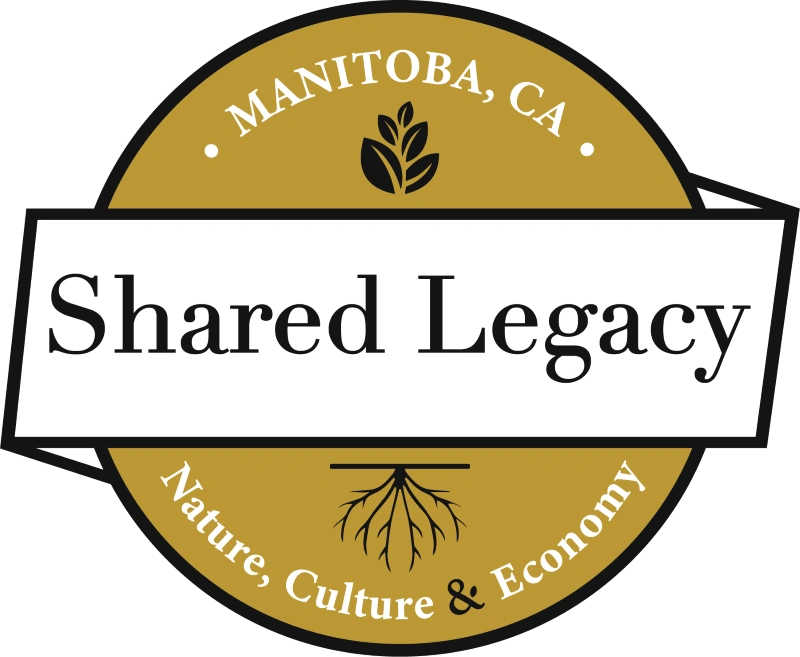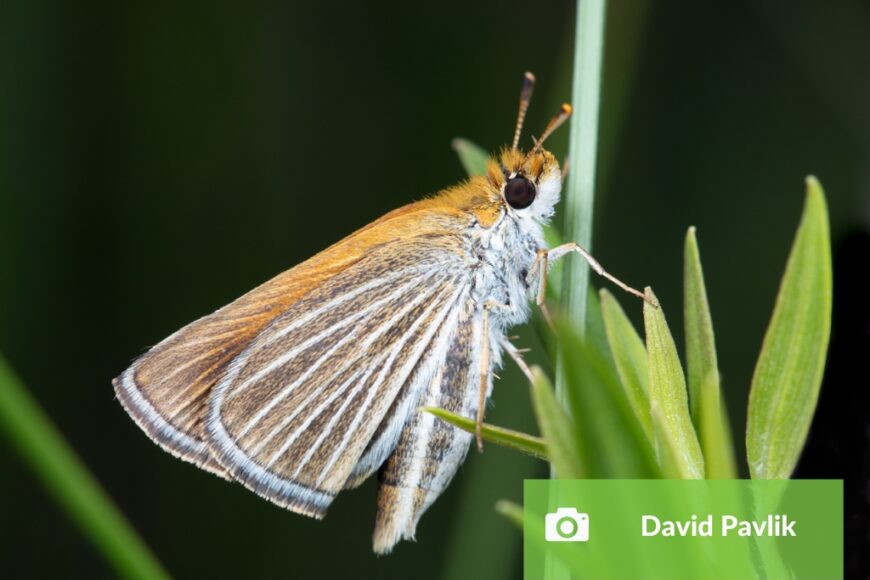News Release, July 20, 2020, Winnipeg, MB
https://www.natureconservancy.ca/en/where-we-work/manitoba/news/expanded-efforts-made-to-save.html
The Assiniboine Park Conservancy has released 19 critically endangered Poweshiek skipperling butterflies at the Nature Conservancy of Canada’s (NCC’s) properties located in the Tall Grass Prairie Preserve in the RM of Stuartburn in southeastern Manitoba. In addition, for the first time, the team has successfully bred the tiny butterflies on site at the Assiniboine Park Zoo. This has never been done before and is a critical development in the effort to save the species from extinction.
“The Poweshiek skipperling is on the verge of extinction and the Assiniboine Park Conservancy is in a unique position to change that before the species is lost forever,” said Laura Burns, research conservation specialist, Assiniboine Park Conservancy.
The Poweshiek skipperling is a small grassland butterfly species whose historic range includes southern Manitoba and the Midwestern U.S. Today, there are only two small, isolated locations where the butterfly can still be found: the Tall Grass Prairie Preserve in Manitoba and a second site near Flint, Michigan. Experts estimate there may be fewer than 500 Poweshiek skipperlings remaining, making it one of the most endangered species in the world.
“Breeding and raising these butterflies from egg to adulthood in a controlled setting at the zoo presents us with a tremendous opportunity to increase the number we release each year and potentially introduce them to new sites within the available grassland habitat here in Manitoba,” added Burns.
As an indicator species, butterflies are particularly sensitive to changes in their habitat and can tell us something about the overall health of an ecosystem. This is particularly true of very specialized ecosystems like the tall grass prairie. The loss of much of this native prairie habitat has resulted in the dramatic decline of several grassland species including the Poweshiek skipperling.
“The collaborative work being done by Assiniboine Park Zoo, the Nature Conservancy of Canada and all other partners is so critical given the current state of the Poweshiek and the truly special prairie that lives there,” said Melissa Grantham, conservation biologist with the Nature Conservancy of Canada. “In addition to these critical captive rearing and breeding programs, conservation research is working to improve and restore habitat that will support the success of these programs. All of these endeavors together are key in the effort to save both at risk species and the endangered grassland habitat on which they depend.”
In addition to working to restore the local population, researchers at the Assiniboine Park Conservancy are also in the process of sequencing and analyzing the Poweshiek skipperling genome. Genomic information can provide valuable insight into why the population has suffered such severe decline, which may influence ongoing conservation efforts.
“Biodiversity of plant and animal life is incredibly important and the loss of one species can have a ripple effect that spells disaster within a specialized ecosystem. The knowledge we are gaining by studying the Poweshiek skipperling could prove to be invaluable for other grassland species,” said Burns.
The Poweshiek skipperling conservation project is a collaborative effort with the Nature Conservancy of Canada, the Minnesota Zoo, US Fish and Wildlife Service, the University of Winnipeg and other partners in Canada and the United States. The Assiniboine Park Zoo is responsible for a head-starting program for the Manitoba population, with the aim of increasing the wild population size by raising the skipperlings through their most vulnerable life stages. This is the third consecutive annual release. Last year, 13 adult butterflies were released. In 2018, six butterflies were returned to the wild.
This project was undertaken with the financial support of the Government of Canada through the federal Department of Environment and Climate Change. Ce projet a été réalisé avec l’appui financier du gouvernement du Canada agissant par l’entremise duministère fédéral de l’Environnement et du Changement climatique.

